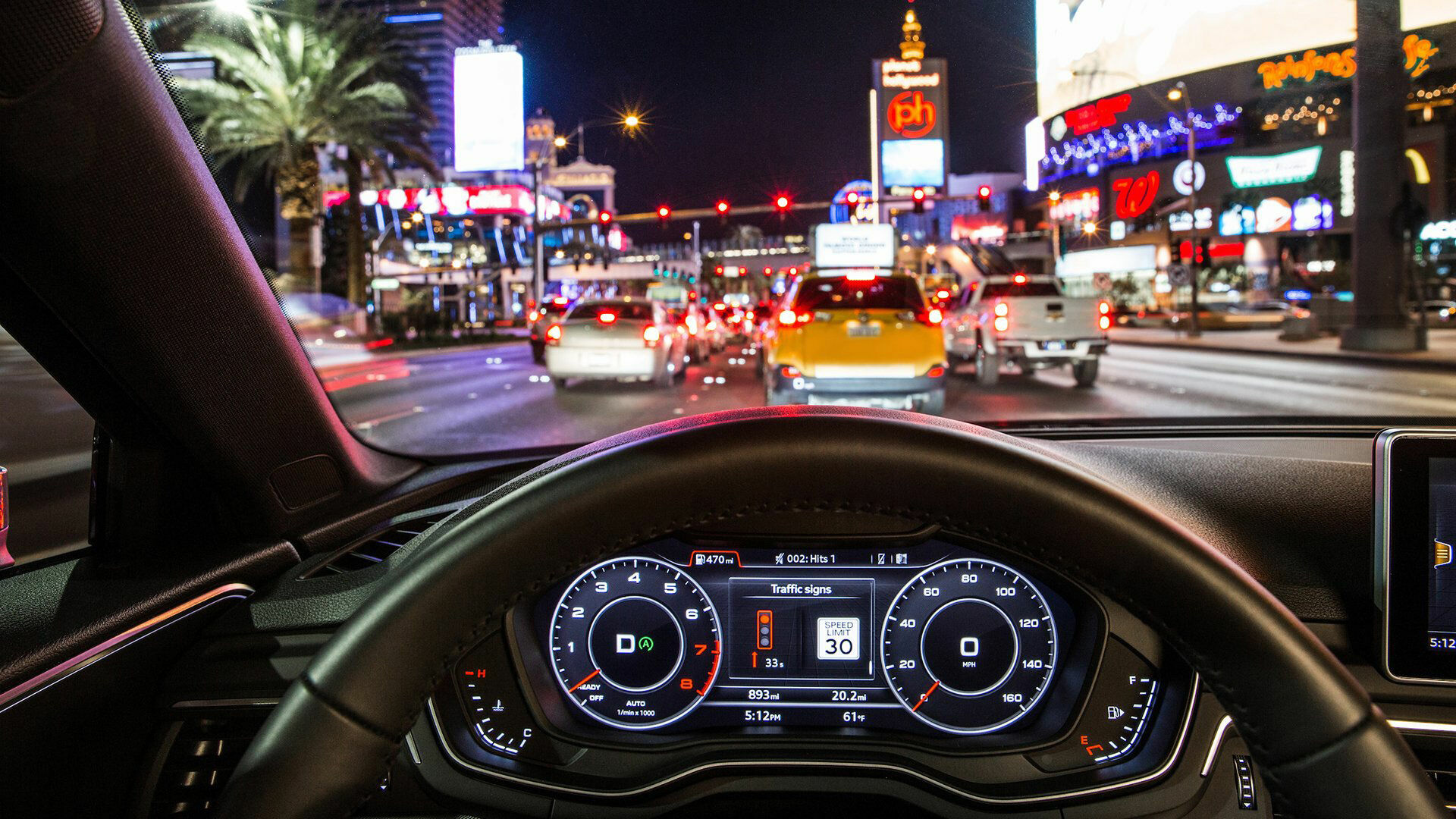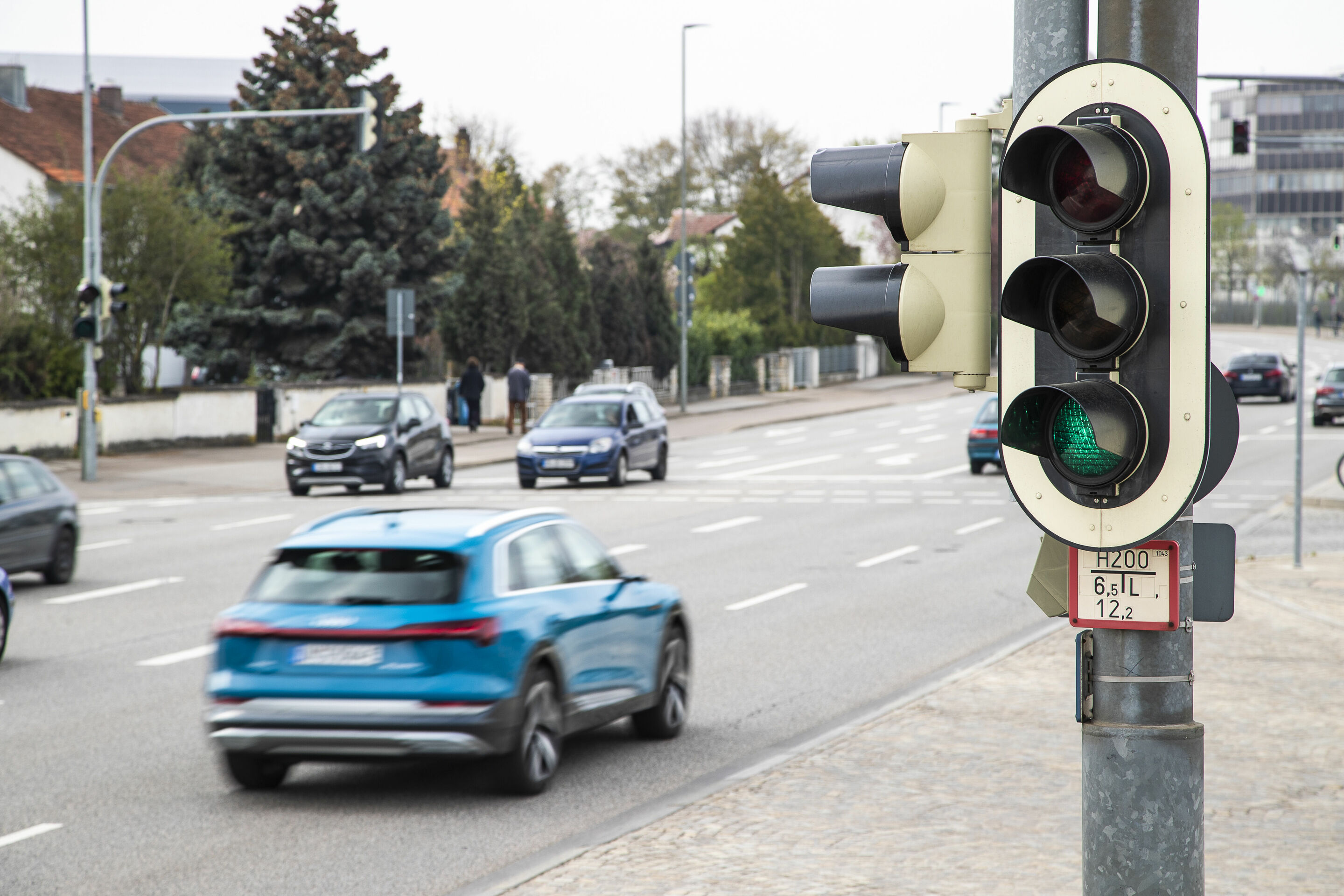Search
 Audi and the future of motorsport
Audi and the future of motorsport
Sport prototypes an ideal platform for Audi Direct technology transfer between motorsport and production Lightweight and electrification gain importance
On the occasion of the 24 Hours of Le Mans the FIA World Endurance Championship was presented. This new championship will see automobile manufacturers join the grid wishing to test ground-breaking technology in motorsport – just as Audi has already done for over 30 years and also intends to continue doing in the future. Head of Audi Motorsport Dr. Wolfgang Ullrich, Wolfgang Egger, Head of Design of Audi and Michael Splett, Strategic Corporate Planning, discussed just how the future of motorsport could look.
Audi itself devotes huge resources internally to the subjects of lightweight design and construction, efficiency and electromobility. This is also reflected in the brand’s motorsport involvement. Dr. Ullrich, will there be alternatives to petrol and diesel engines in the future in motorsport? Could you imagine races with electric vehicles? Dr. Ullrich: There are already races for electric vehicles. This will become increasingly pertinent in the future. I am, however, convinced that the combustion engine will at least be present at the pinnacle of motorsport in forthcoming years – probably in association with intelligent recovery systems. For example, in the form of reusing stored braking energy. In motorsport everybody is developing such systems at the moment. When are these systems ready for use? Dr. Ullrich: Such systems add additional weight to the car – and weight is one of the greatest handicap factors in motorsport. The goal must be to work on systems that do not make the car overweight. I’m convinced that we’ll see systems in a few years that are more efficient as a whole than pure drive through a combustion engine. When will this be the case? Dr. Ullrich: Motorsport is brutal: only the best system prevails.
 Audi networks with traffic lights in the USA
Audi networks with traffic lights in the USA
Traffic Light Information is the first true Vehicle-to-Infrastructure (V2I) service by an automobile brand The service starts up with variations on the Audi A4 and Q7 in Las Vegas Networking is essential for autonomous driving in cities
If you know in advance when a traffic light will switch from red to green, your driving is more relaxed and efficient. Audi is the first automobile brand to connect the car to the city infrastructure – an important step towards autonomous driving. In Las Vegas, starting immediately, the Audi A4 and Q7 models can display traffic-light phases directly in the car. Further U.S. cities will follow, and introduction of the system is planned in Europe. Traffic Light Information optimizes traffic flow, saves valuable time and reduces environmental impact.
Audi of America is cooperating with several cities in North America to upgrade the infrastructure for V2I technology. “For the first time, our cars are exchanging data with traffic infrastructure in real time. Drivers can adapt their behavior to the situation and move through city traffic in a much more relaxed and controlled way,” says Andreas Reich, head of Electronics Pre-Development at AUDI AG. “We increase energy efficiency when we connect our Audi models to smart cities. Further V2I services will follow, making the car into an interactive mobile device. We see autonomous driving as the end of this development.” As a first step, all Audi A4 and Q7 models produced for the U.S. market since June 2016 and equipped with Audi connect will have this function on board. In the USA, municipal traffic management centers will communicate the traffic-light data to Audi’s project partner Traffic Technology Services TTS. Here the data are prepared and sent to the on-board computer in the Audi via a fast Internet connection, for example 4G/LTE, in real time. The first function of the Traffic Light Information V2I component is called Time-to-Green.

Audi Traffic Light Information begins this year in Ingolstadt Andre Hainzlmaier, head of Smart City Development: “Audi customers will feel more relaxed. Traffic will flow better” GLOSA speed recommendation increases the probability of a “green wave”
Audi is introducing the vehicle-to-infrastructure (V2I) service “Traffic Light Information” to Europe. From July Audi will network new models with the traffic lights in Ingolstadt/Germany; further European cities will follow from 2020 onwards. Then cars will be more likely to catch a “green wave” in the city: Audi drivers will see in the cockpit what speed is required to reach the next traffic light on green. If that is not possible within the permitted speed limit, there will be a countdown to the next green phase. Driving in cities will thus become more relaxed and efficient. In the USA, Audi customers have already been using this service since late 2016. Audi is the first manufacturer worldwide to network its series-production models with traffic lights in cities.
“Stop-and-go traffic in cities is annoying. By contrast, we are pleased when we have a “green wave” – but we catch them far too seldom, unfortunately. With the Traffic Light Information function, drivers are more in control. They drive more efficiently and are more relaxed because they know 250 meters ahead of a traffic light whether they will catch it on green,” says Andre Hainzlmaier, head of Development of Apps, Connected Services and Smart City at Audi. “In the future, anonymized data from our cars can help to switch traffic lights in cities to better phases and to optimize the traffic flow.” In the USA, Audi customers have been using the “Time-to-Green” function for two years: if the driver will reach the lights on red, a countdown in the Audi virtual cockpit or head-up display counts the seconds to the next green phase.